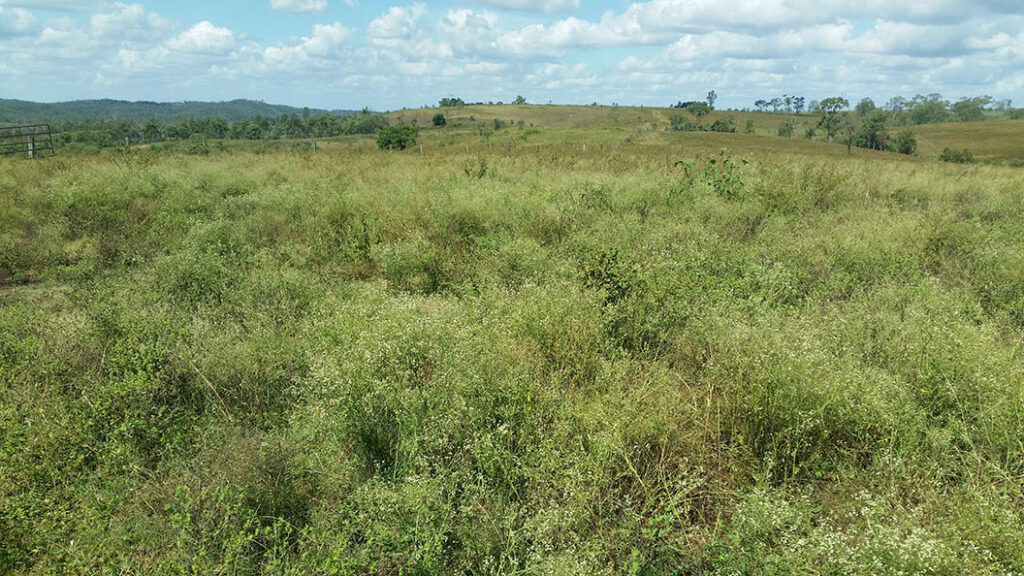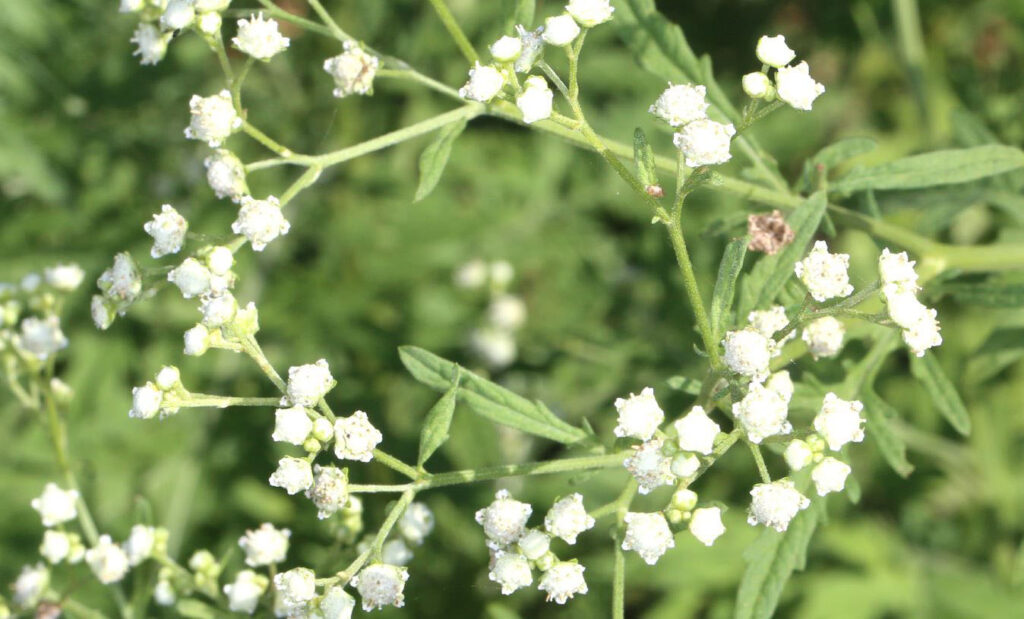
Parthenium outbreaks in neighbouring regions has Bundaberg Regional Council calling on the community to report sightings of the invasive weed.
The Parthenium weed (Parthenium hysterophorus) is native to North America and was first discovered in Queensland in 1955.
It’s infestation has spread to more than eight million hectares of growth in Queensland and can be found alongside roadsides, railway lines and in pastures.
Parks and Gardens portfolio spokesperson Cr Wayne Honor said the plant had been recognised as a Weed of National Significance and with the recent rainfall, there was a chance it could spread in the region.
“The South Burnett Regional Council have had an extensive infestation of Parthenium around Murgon recently,” Cr Honor said.
“With recent rains in the South Burnett and North Burnett areas this could lead to large amounts of seed material being washed into the Burnett River.
“While Bundaberg already has some localised infestations being treated, Council is seeking assistance from the community by asking residents to report this weed so officers can keep on top of ongoing monitoring over the summer period.”
Cr Honor said residents could report sightings of the weed to Council by calling 1300 883 699.

He said the plant could not only heavily impact the farming industry, it could also cause problems for people’s health.
“Parthenium is a real threat to our farming sector, invading pastures which end up costing animal and cropping industries millions of dollars per year,’ he said.
“The weed can also create health issues as the pollen contains potent allergens that can cause reactions such as dermatitis and hay fever in humans while animals can also have allergic reactions including dermatitis.
“Parthenium also produces chemicals which inhibit the growth of other plants (for example sunflowers and sorghum).”
With one plant producing 20,000 seeds per year, Cr Honor said maintaining its infestation was vital.
“The community can help keep an eye out for this weed by checking heavily stocked areas, in paddocks, along roadsides or fence lines and in places where new soil or compost has been delivered,” he said.
“If you do come across the weed, please keep a safe distance and do not touch with bare hands. “
More information about invasive weeds can be accessed on Bundaberg Regional Council’s website here under the Business Queensland section.




